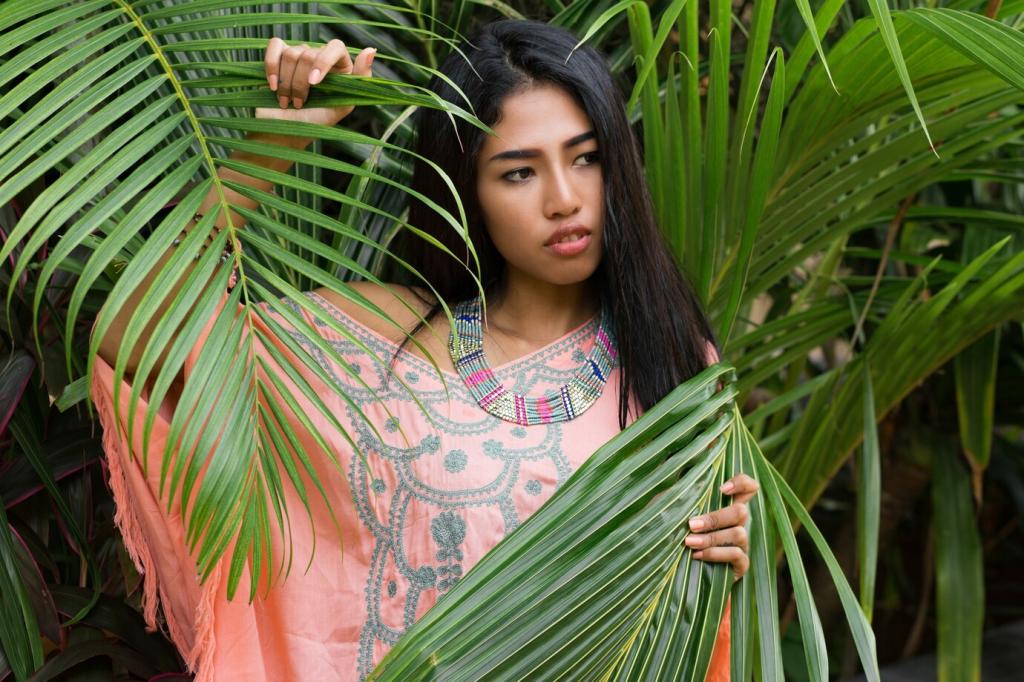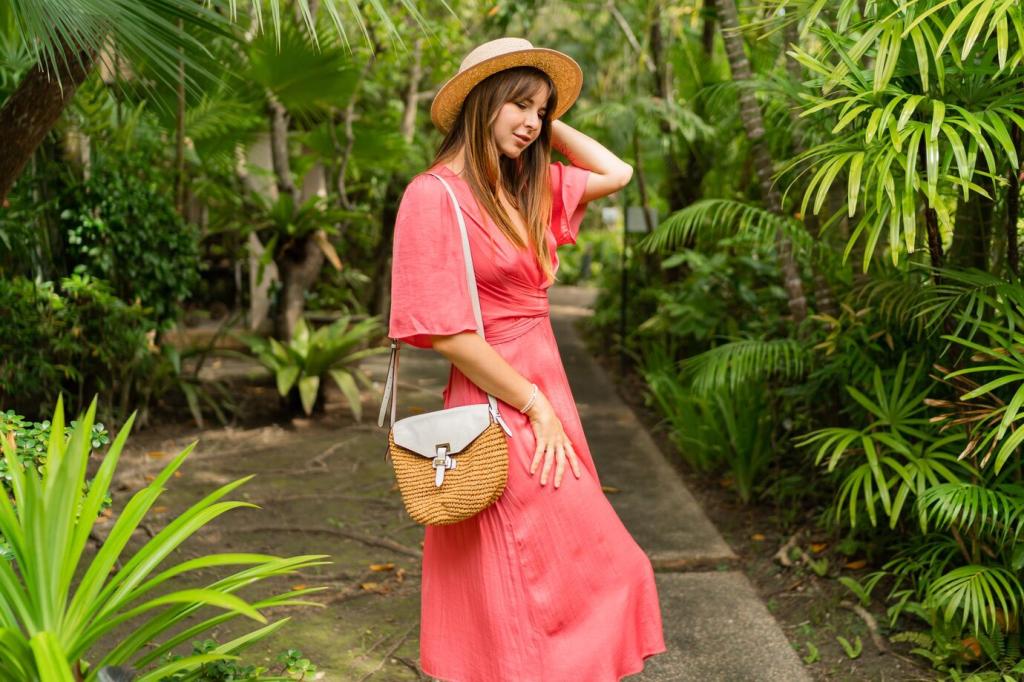
Eco-Friendly Materials and Designs Leading the Fashion Industry
The fashion industry is undergoing a remarkable transformation as eco-friendly materials and sustainable designs take center stage. As consumer awareness grows and environmental concerns become more pressing, brands are redefining their production processes, material sourcing, and overall ethos. This evolution is not just a trend—it’s a fundamental shift toward protecting the planet while maintaining style and quality. From innovative textiles to forward-thinking design philosophies, the fusion of sustainability and fashion is influencing how clothes are conceived, made, and experienced globally.

Organic Cotton Innovations
Organic cotton has emerged as a hero in sustainable fashion, primarily because it is cultivated without toxic chemicals or genetically modified seeds. This approach conserves water and maintains soil fertility, resulting in fibers that are gentler on both the environment and human skin. Leading brands are now committed to sourcing organically grown cotton for their collections, recognizing that its smaller carbon footprint aligns with the goals of a greener industry. As consumer demand for transparency grows, the rise of certified organic cotton signifies a move toward traceable, responsible garment production.

Recycled Polyester Advancements
The shift toward recycled polyester marks a significant leap in eco-fashion innovation. By repurposing post-consumer plastic waste, particularly discarded water bottles, fashion companies are reducing their dependence on virgin petroleum and diverting plastics from landfills and oceans. The recycled fibers can be spun into garments indistinguishable from their conventional counterparts in terms of texture and durability. This closed-loop process illustrates how the industry can creatively address pollution while delivering compelling designs that resonate with sustainability-minded shoppers.

Plant-Based Alternatives
Innovations in plant-based materials are gaining traction as designers search for cruelty-free and renewable resources. From pineapple leaves used to create Piñatex leather alternatives to fabrics derived from bamboo or hemp, these materials boast impressive sustainability credentials. They often require fewer resources to produce and offer natural resistance to pests, reducing the need for harsh chemicals. As advancements continue, plant-based textiles are becoming increasingly sophisticated, offering versatile options for everything from high-end runway pieces to everyday essentials.
Zero-Waste Pattern Making
Zero-waste pattern making represents a radical departure from conventional design methodologies, which typically result in significant fabric waste. By strategically planning patterns to utilize every inch of material, designers can virtually eliminate off-cuts and reduce the burden on landfills. This approach demands an elevated level of skill and foresight, challenging industry norms and encouraging continual experimentation. As more designers adopt zero-waste techniques, they are proving that sustainability and high design can coexist seamlessly.
Modular and Versatile Garments
In response to the fast pace of consumer trends and disposability concerns, modular garment design is gaining momentum. These garments are engineered to be adaptable—featuring detachable elements, reversible designs, or configurable components that allow users to alter their appearance or function. The modular approach increases the lifespan and utility of clothing, discouraging the culture of single-use outfits. As a result, consumers are empowered to build dynamic wardrobes that evolve over time while minimizing environmental impact.
Leading Brands and Industry Trailblazers
Championing Transparency and Traceability
Forward-thinking brands are committed to complete transparency, documenting every stage of their supply chains. This open approach builds consumer trust, providing insight into where and how products are made and ensuring that ethical standards are upheld throughout the process. Technologies such as blockchain and digital traceability tools enable customers to track the journey of each garment from raw material to finished product. This radical honesty is setting a precedent, encouraging industry-wide commitment to socially responsible, environmentally sound practices.
Circular Economy Leaders
The concept of the circular economy is gaining traction thanks to brands championing garment recycling, upcycling, and take-back programs. Rather than contributing to the linear “make, use, dispose” model, these companies invest in systems that recirculate materials and extend product lifespans. Whether transforming old textiles into new fabric or designing pieces to be easily disassembled and reused, their initiatives minimize waste and conserve resources. Circularity is not just a sustainability buzzword—it’s a blueprint for the future of fashion, seamlessly combining innovation with responsibility.
Eco-Luxury in High Fashion
Even in the world of high luxury, sustainability is becoming an essential value. Prestigious designers and couture houses are experimenting with green materials and ethical production methods, integrating them into their flagship collections. The marriage of sustainability and luxury has elevated the status of eco-friendly fashion, proving that exclusivity and environmental responsibility are not mutually exclusive. Through collaborations, special editions, and high-visibility campaigns, luxury labels are driving desirability for eco-conscious design on a global scale.
